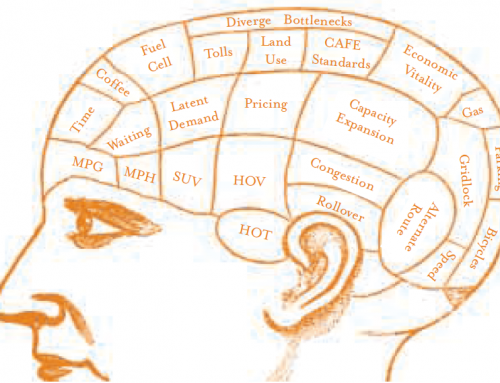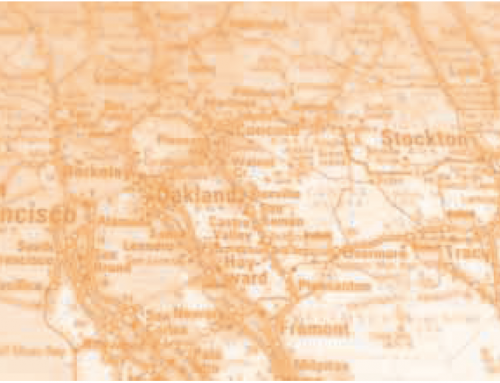Deception, cronyism, and multimillion-dollar scams are synonymous with corporate America nowadays. But private executives aren’t alone in cooking the books.
The same thing happens in the nuts-and-bolts world of public works construction. Last July, the Journal of the American Planning Association published a study by Bent Flyvbjerg, professor at Aalborg University in Denmark, on pervasive cost overruns in public works projects world-wide. In 258 projects completed between 1910 and 1998, Flyvbjerg found that actual costs exceeded estimated costs by an average of 28 percent. I’ve learned that culprits include New York’s Holland Tunnel (52 percent), the Channel Tunnel (80 percent), and the Panama Canal (200 percent). Boston’s unfinished $14.6 billion Big Dig may break new ground, and not just literally: the underground highway project is already 500 percent over budget.
Flyvbjerg states that old-standby excuses—technical problems, inadequate data or models, or over-optimism—aren’t plausible. After all, cost estimates haven’t improved in eighty years. It seems no one is learning from past mistakes, so he concludes that underestimation is best explained by “strategic misrepresentation, that is, lying.”
But it seems something even more insidious is going on. Indeed, to assume everyone is overtly lying is to trivialize the subtle game that determines which public works projects get built. Players include politicians, engineers, city planners, labor union leaders, bankers, lawyers, developers, and the press. The implicit objective is the public interest, yet players are inherently self-serving.
The game has no name. But all successful players know the rules—and how to score. Within an exclusive club of elites, members absorb the culture’s norms. They exchange friendship, information, and influence. In turn, they profit from hot tips and later from contracts and exchange of money—all very proper and legal. Building a multimillion-dollar rail system or ballpark means lucrative contracts for engineering and construction firms. That’s no surprise. But less obvious are the windfalls gained by other insiders, from investment bankers to commercial developers to landowners.
Clearly, players who intentionally falsify numbers are corrupt. But more per vasive are those who earnestly believe they are honest professionals as they tout low construction costs, high ridership, high revenues, and arrays of other benefits. It might seem odd that low-cost, high-revenue forecasts miraculously fit clients’—and forecasters’—silent wishes, time and time again. But their wishes may not be questioned or criticized. They’d be genuinely insulted by any inference of chicanery. Rather, their deep-seated conviction holds that the proposed highway or transit line or runway is the correct answer to the problem. Then they subconsciously come up with just the right cost-revenue estimates. Like patriotism, their conviction—and their forecasts—require no further justification and allow no serious doubt. Once politicians, interest groups, and the media accept forecasted costs and benefits as if they were hard facts, projects follow by sheer momentum.
Meanwhile, the general public—the nonplayers—are often mere bystanders. While many public works projects require taxpayer approval for bond financing, the millions or billions involved are mind-boggling. A billion dollars (imagine a stack of $1,000 bills as high as the Washington Monument) is beyond most citizens’ comprehension. Most Americans seem to vote for new public works with their gut. Will the train look speedy? Will it be painted silver or gold? Will it symbolize the future?
Of course urban infrastructure is valuable to all. Of course many do opt to build rather than not to build. But it should be evident that the main beneficiaries include those who promote such projects in the public interest—and find they just happen to serve their private interest as well.
Luci Yamamoto
Former Access Editor






